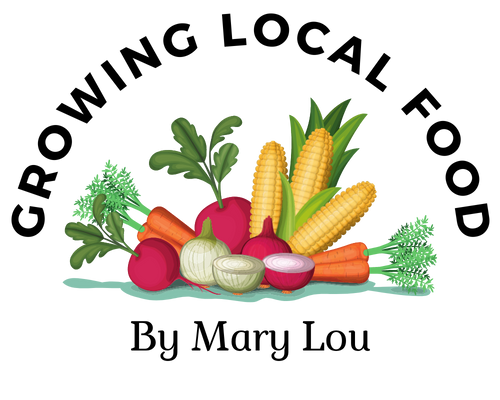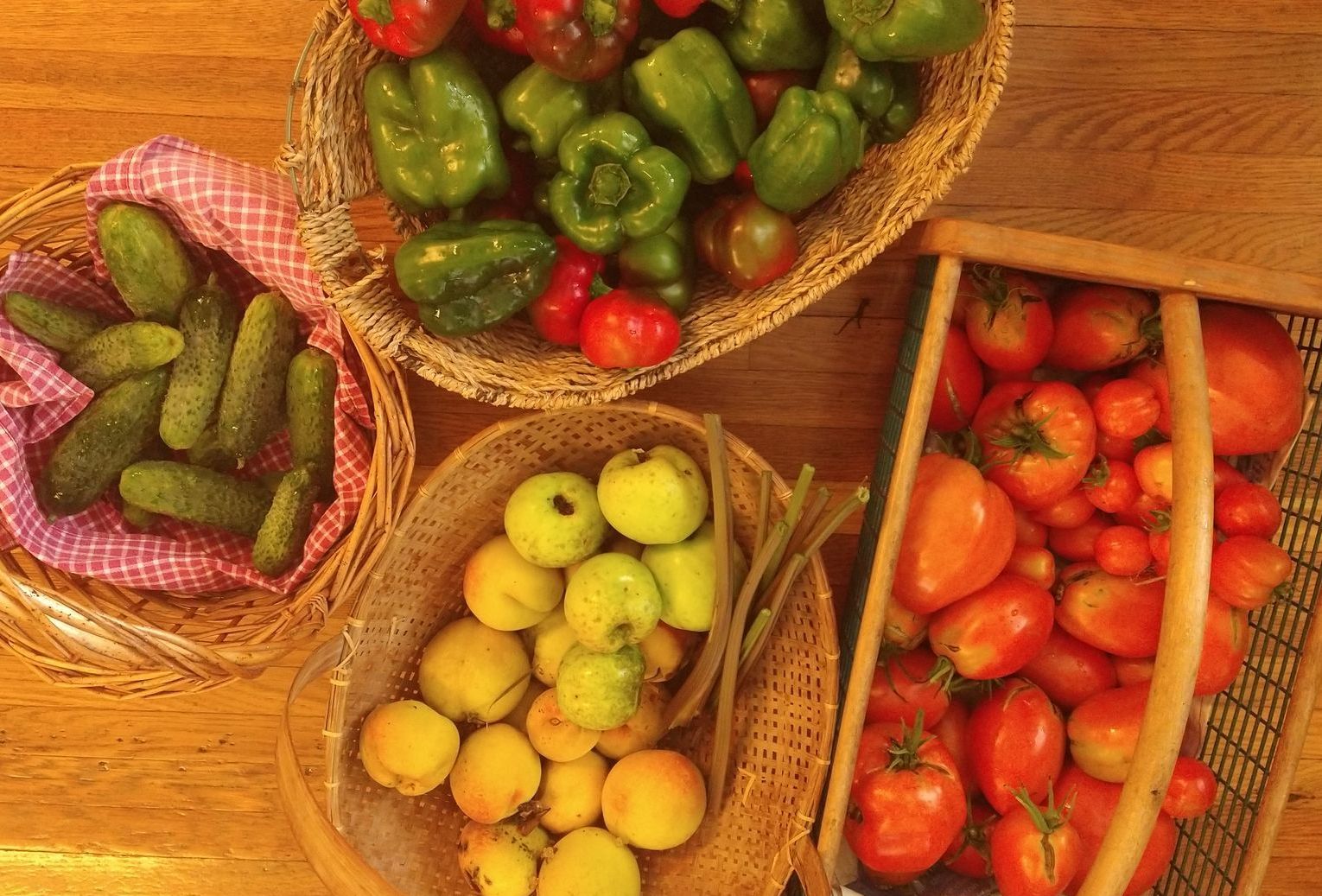Chemical-Free Home Orchards
The challenge of having good fruit without chemicals:
By planting our own fruit trees, most of us hope to have the best fruit possible--beautiful, nutritious and chemical-free. But with so many diseases and “bad bugs” out there, how can we grow organically and not end up with worm-infested fruit? The number of threats to our fruit is daunting; I counted 26 viruses, eight bacteria, and 26 fungi—and that list doesn’t include those called pests: maggots, moths, beetles, caterpillars and borers!
Before giving up or arming ourselves with dozens of chemicals, let me reassure you that it is possible to have healthy trees and beautiful fruit without poisoning ourselves and our environment. We wouldn’t believe this possible if we look at how commercial fruit is grown--nectarines, apples, peaches, pears, and cherries are all so laden with residual pesticides that they are included in the 2023 USDA’s Dirty Dozen list. Apples alone contained 47 pesticide residues.

WE DON'T WANT POISONS!
Prevention works best:
When practicing medicine, I found that preventing disease worked a whole lot better than trying to make people healthy with drugs. Likewise, preventing diseases in our fruit trees can be done with similar measures that we use to keep ourselves healthy.
In our orchards, we’ll first
reduce the level of disease around our trees. We do this for ourselves by washing our hands and avoiding people who are sick. Fruit trees can also keep themselves healthy when they’re not overwhelmed by the “bad guys” or pathogens. Secondly, we’ll help our trees
boost their own immunity. Just as good nutrition heightens our resistance to disease, healthy soil and holistic sprays will boost the immunity of our trees.
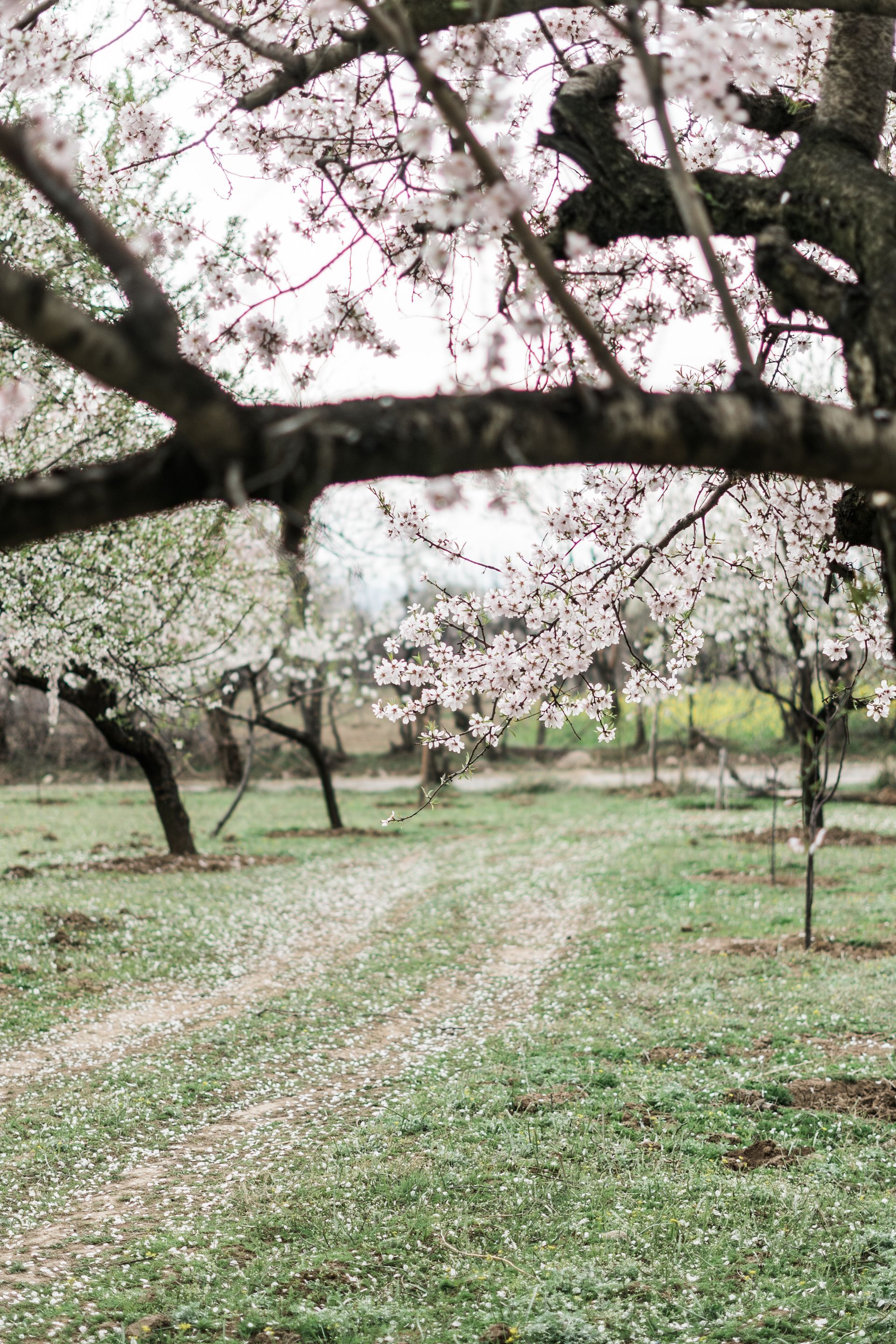
Let me first mention a couple methods that sound good, but won’t get us to our goal of being chemical-free:
Integrated Pest Management (IPM) includes concepts like phernome traps. These alert the orchardist that specific pests have arrived and it’s time to spray insecticides. That may be a good method to reduce the amount of chemicals used for a commercial orchardist, but it’s not my goal. I simply don’t want any poisons for our families or our planet.
Disease-resistant cultivars of fruit trees also sound like a good idea and could be considered an IPM method. However, in the 20 years my husband and I have experimented with both heirloom and disease-resistant trees, the fruit of the disease-resistant varieties still had many flaws until we began using holistic sprays. My conclusion is to go ahead and choose what varieties we want based on their flavor and what we want to use the fruit for. All trees benefit from proper pruning and holistic sprays, so let’s choose the varieties that we enjoy eating.
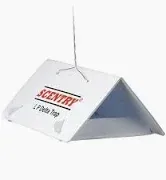
Organic insecticides sound like a good idea, but being labeled “organic” doesn’t make them harmless. Pyrethrum is a chemical derived from chrysanthemums which works by paralyzing insects. Copper sulfate, used for fungal and some bacterial infections, is also certified for organic orchards. However, it is “highly lethal” to bees and earthworms. If something is labeled “insecticide,” it will kill pollinator bees, beneficial wasps and butterflies—even if it is also labeled “organic.”
Both
IPM and organic insecticides focus on disease and using chemicals. Let’s focus instead on
preventing
disease in fruit trees by reducing pathogens in their environment and helping to boost their immune systems.
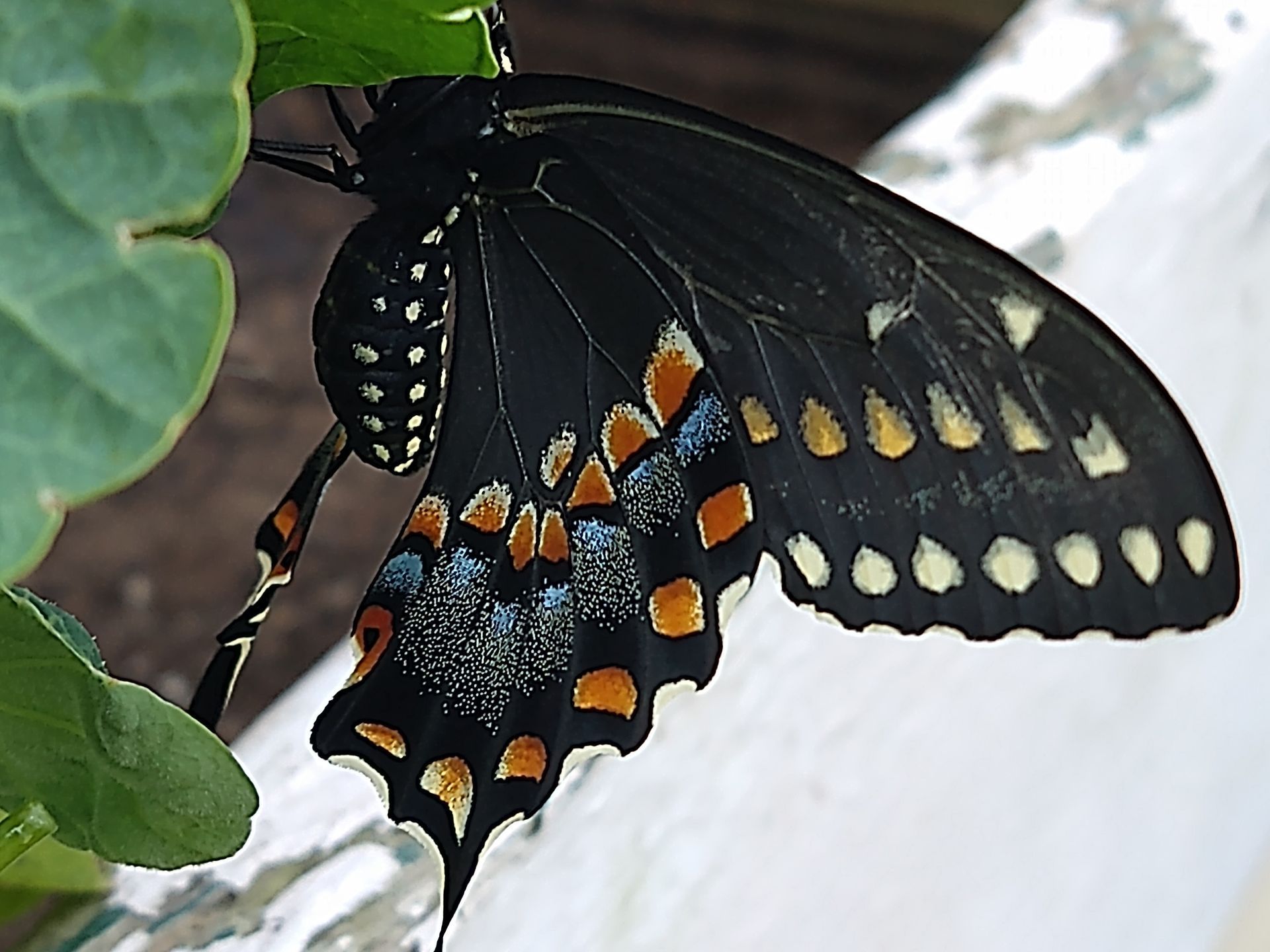
Reducing the level of disease is our goal:
Proper pruning, which is discussed here, increases air-flow and sunlight for fruit trees. This is an excellent example of making it difficult for fungal disease to thrive. Healthy trees can handle smaller amounts of fungi, bacteria and pests without us intervening with chemicals.
This photo shows apples growing with little breeze or sunlight in an unpruned tree which has left them susceptible to fungal infections. When we haven't prevented this from happening, we can at least remove the infected fruit quickly to reduce pathogens.

Japanese beetles: Sometimes pests are overwhelming but can be handled in ways that are harmless to other animals. A few years ago, Japanese beetles were doing extensive damage to nearly-ripened fruit. I spent many summer mornings and evenings--when coolness made it more difficult for beetles to fly--knocking Japanese beetles into a bucket of soapy water. This seemed to help diminish their numbers, but what also helped was Milky Spore, a host-specific bacterium fatal to Japanese beetle grubs, which survive and grow underground. Milky Spore multiplies itself and so only needs to be put in the soil once. This seemed to do the job because the Japanese beetle damage is no longer significant in our orchard.

Physical barriers
are another simple method to lower the pest-load. Barriers include tree guards around trunks which prevent the bark from being damaged by a rodent or a weed-whacker. Other barriers include nets over cherry trees to keep birds from getting the entire harvest, electric fences to keep out deer, and even disposable shoe-store socks to keep insects off precious peaches. Pest damage can be eliminated if these “footies” are placed early in the fruit’s development.
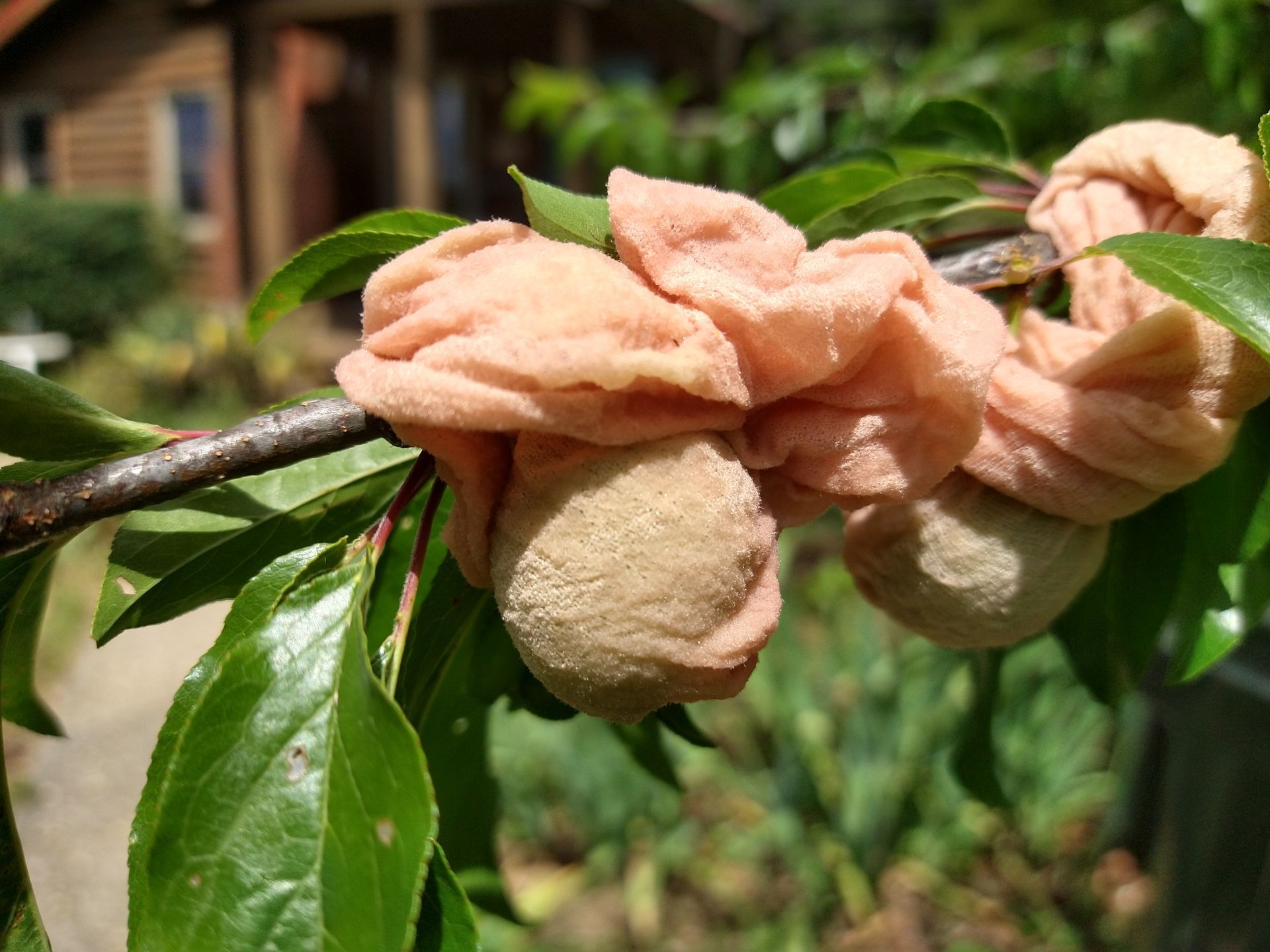
Pruning and cleaning:
The amount of disease our trees have to deal with can also be reduced by removing diseased wood from the orchard. Each autumn, transferring old fruit from under trees to a compost pile will reduce the amount of fungal disease around trees.
It also makes sense to enlist nature’s help to reduce orchard pests. To do this, include a variety of plants in your orchard to provide habitat for songbirds and beneficial insects. Comfrey and clover entice more pollinators to our orchard while birds build their homes in blackberry and hazelnut bushes that grow along the fence.
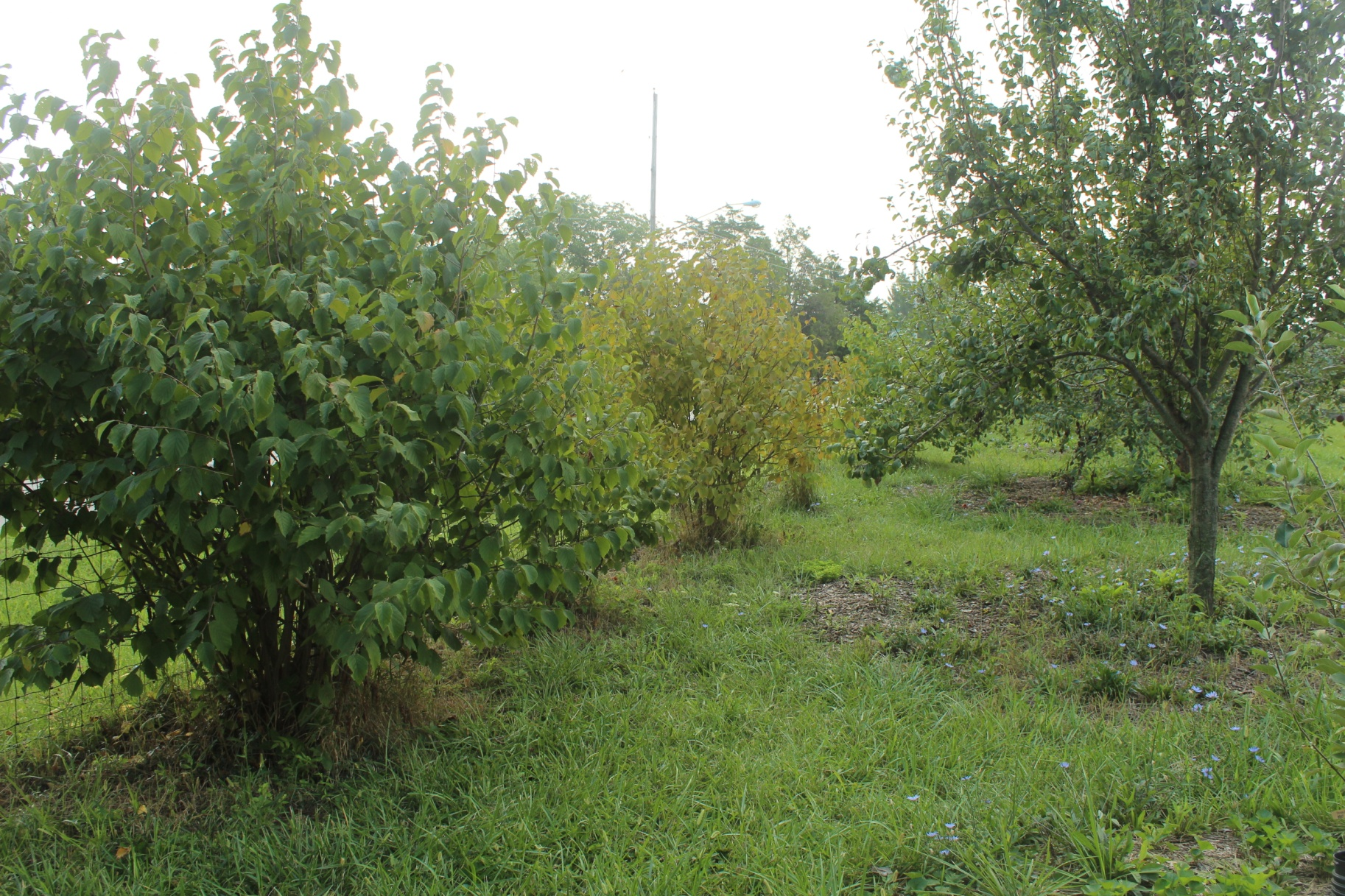
These songbirds feed dozens of caterpillar and other “pests” to their young, according to Doug Tallamy, the author of "Bringing Nature Home: How Native Plants Sustain Wildlife in Our Gardens." I delight in having the company of these birds when working in the orchard and appreciate their help in decreasing insect damage. It seems only fair to share a little fruit with the birds for their services and their good company!
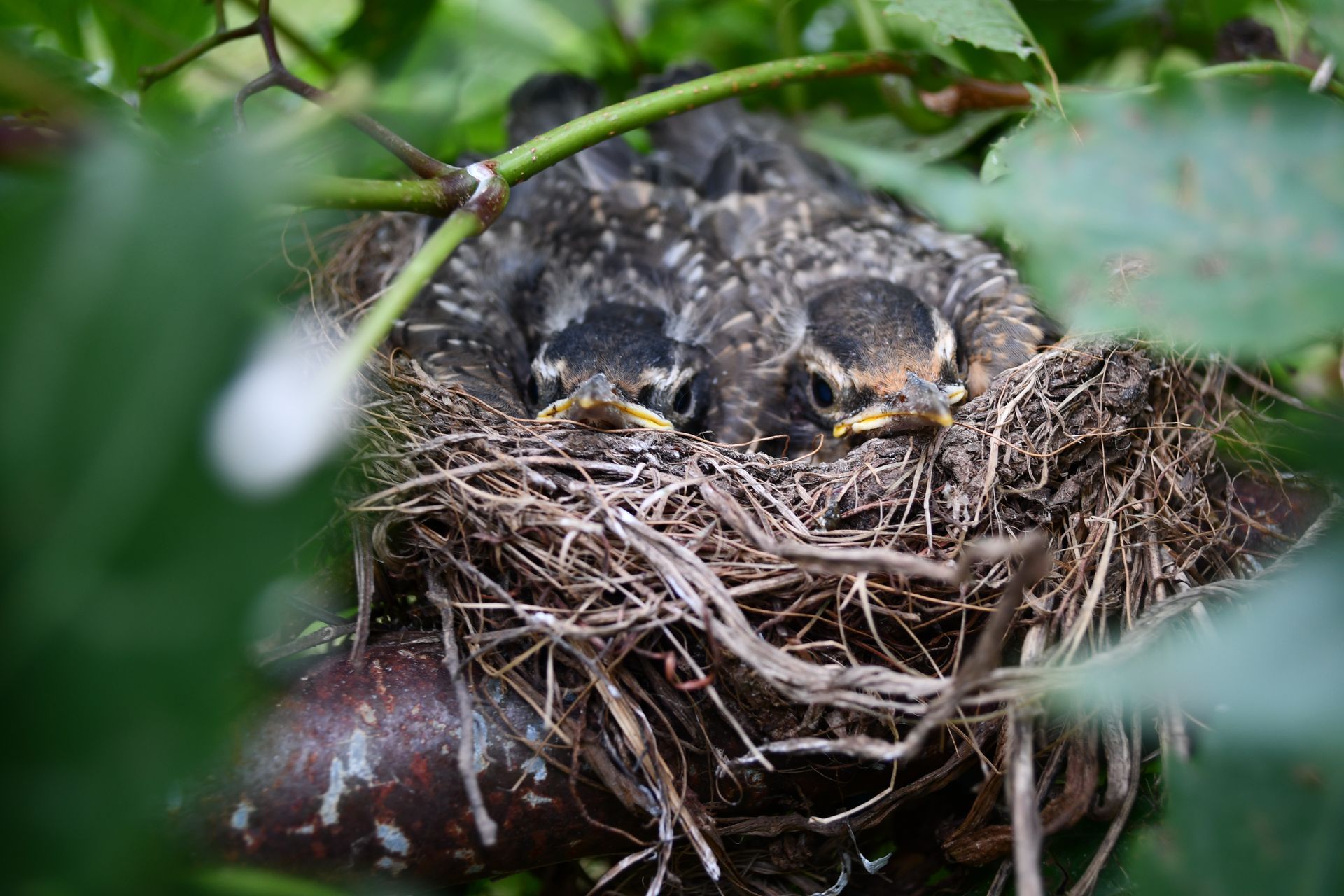
Improving Fruit Trees’ Immune Systems
If we want healthy fruit trees and beautiful, abundant fruit—all without chemicals—then holistic sprays become an integral part of orchard-management. Routinely using holistic sprays results in much less disease and way-more fruit. This abundance of fruit will necessitate thinning fruit in the springtime so each fruit is at least six inches from its neighbor. Thinning allows each fruit to become large and prevents branches from breaking from the fruits’ weight. Consider this additional task as a sign of your success!
Holistic spray:
Michael Phillip's book, The Holistic Orchard, has been my guide for caring for our fruit trees. I wish it was formatted as a simple reference book, but I still find it invaluable. I've made note cards with the "recipes" I need for the essential holistic sprays that help immensely to boost our fruit trees immune systems and help them ward off disease.
The recipe and spraying schedules are below:
Basic Four-Gallon Recipe:
- 2.5 oz. need oil (double for first spray)
- 1 teaspoon soap (double for first spray)
- 10 oz. liquid fish (double for first spray)
- 3 to 4 tablespoons molasses
- 3 tablespoons mother culture (I use compost tea)
- 5 tablespoons liquid kelp or 0.5 oz. of dry seaweed extract
- Add water to make 4 gallons spray
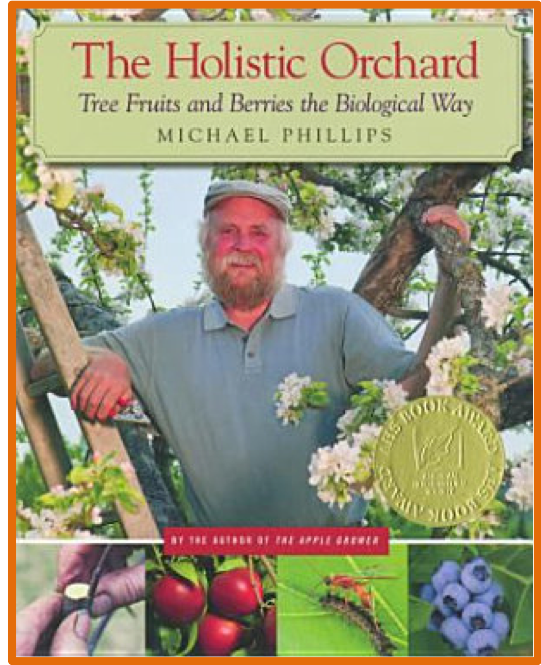
Schedule for Holistic Sprays:
SPRING:
- Week of quarter-inch green: (fruit buds are green from tip to halfway down bud). Choose a warmer day and thoroughly wet branches, trunk, and ground.
- Week of "early pink": (fruit buds first show pink--never spray on open flowers).
- Petal fall: spray to point of run-off.
- First cover: This occurs 7 to 10 days following third spray.
Reminder: Thin the fruit within 40 days of "petal fall."
AUTUMN:
- Single spray when 40% to 60% of leaves have fallen. Liquid kelp can be omitted.
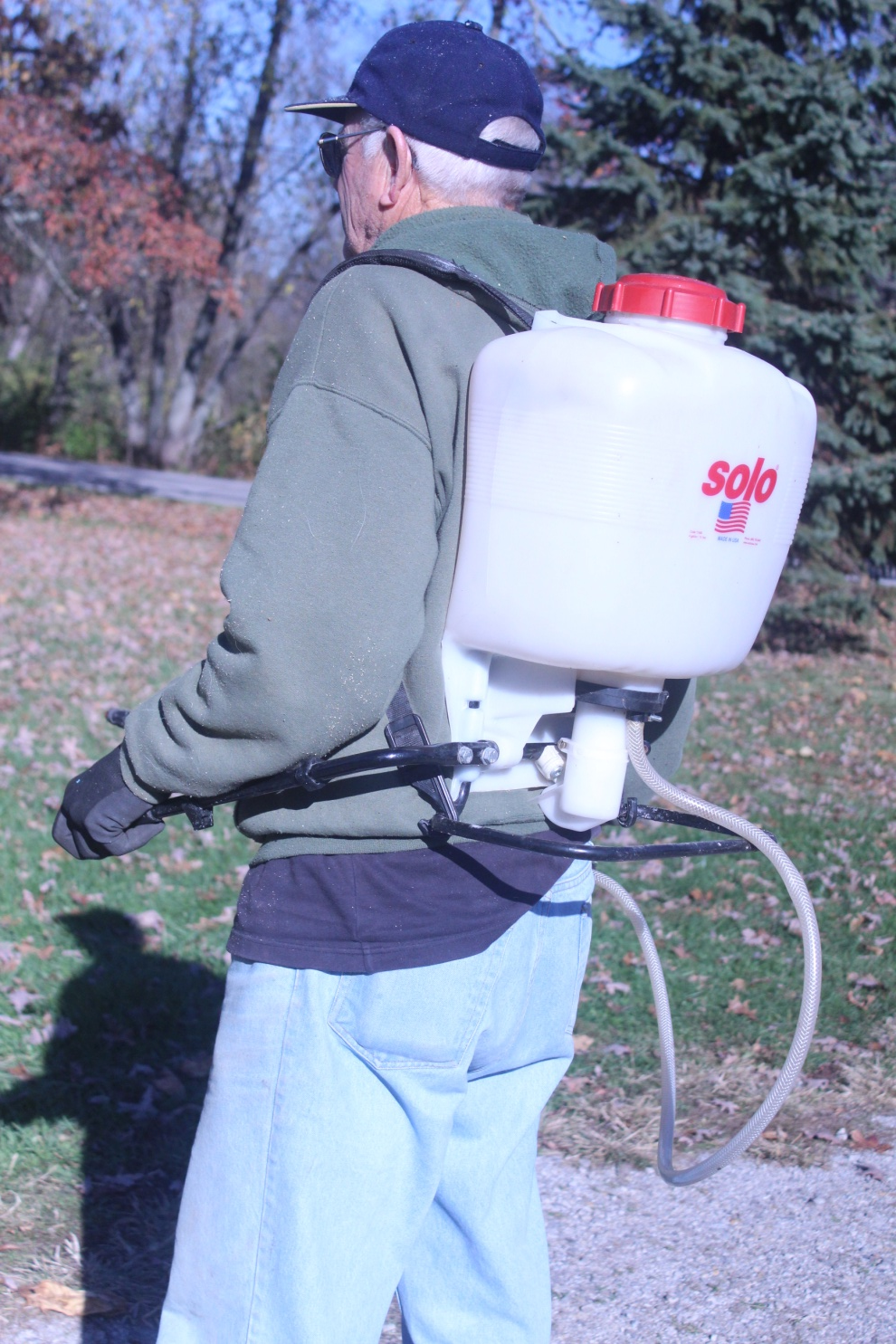
After the first few years of using holistic sprays, I was already delighted with the results. However, it’s challenging to find time to spray four times each spring and once again in the autumn. Here are some hints that help us:
- Spraying should be done when it’s not windy or raining and when blossoms aren’t open. All these conditions are difficult to meet, so do the best you can. The trees will benefit even if you can’t get all four sprays completed. (Michael Phillips didn’t say that—I did!).
- The four springtime sprays are scheduled by the maturity of the fruit buds. However, the buds of different varieties are not in the same stage of development at the same time. To complete four applications, we call it “good enough” to spray them as a group. The one time we don’t spray is when any blossoms are open. We have beehives in the orchard as a reminder to protect pollinators.
- Don’t worry if you can’t avoid a breezy day and get caught downwind of the spray. You won’t be poisoned—just a bit sticky and smelling of fish!
- Liquefy the neem oil by placing its container in warm water shortly before mixing the spray. It liquefies quickly and makes spraying much simpler.
- Always strain the mixture before putting it into sprayer. Not having to repeatedly unclog the nozzle is a great time-saver.
Preparing your fruit trees for winter:
Besides a single autumn holistic spray and removing old fruit, there are a couple additional tasks before winter to help protect your fruit trees from cold temperatures, rodents and even the sun:
Mulching fruit trees with a thick layer of organic material will protect the roots from severe cold weather. Because fruit trees naturally grow by the edge of forests where the ground is littered with branches and leaves, using similar high-carbon mulch is best. Wood chips, straw or leaves will protect the trees’ roots during winter. It’s also okay to use compost—just balance it with an extra amount of these brown materials.
To protect the trees’ roots during cold winter months, the mulch should be at least six to eight inches deep and placed all the way out to the drip line of each tree. Mulching gives you a head-start next spring by reducing competition from grass and preserving moisture for the trees’ roots. As mulch decomposes, it gives the soil a high-fungal and slightly acidic pH that fruit trees require for their best growth.
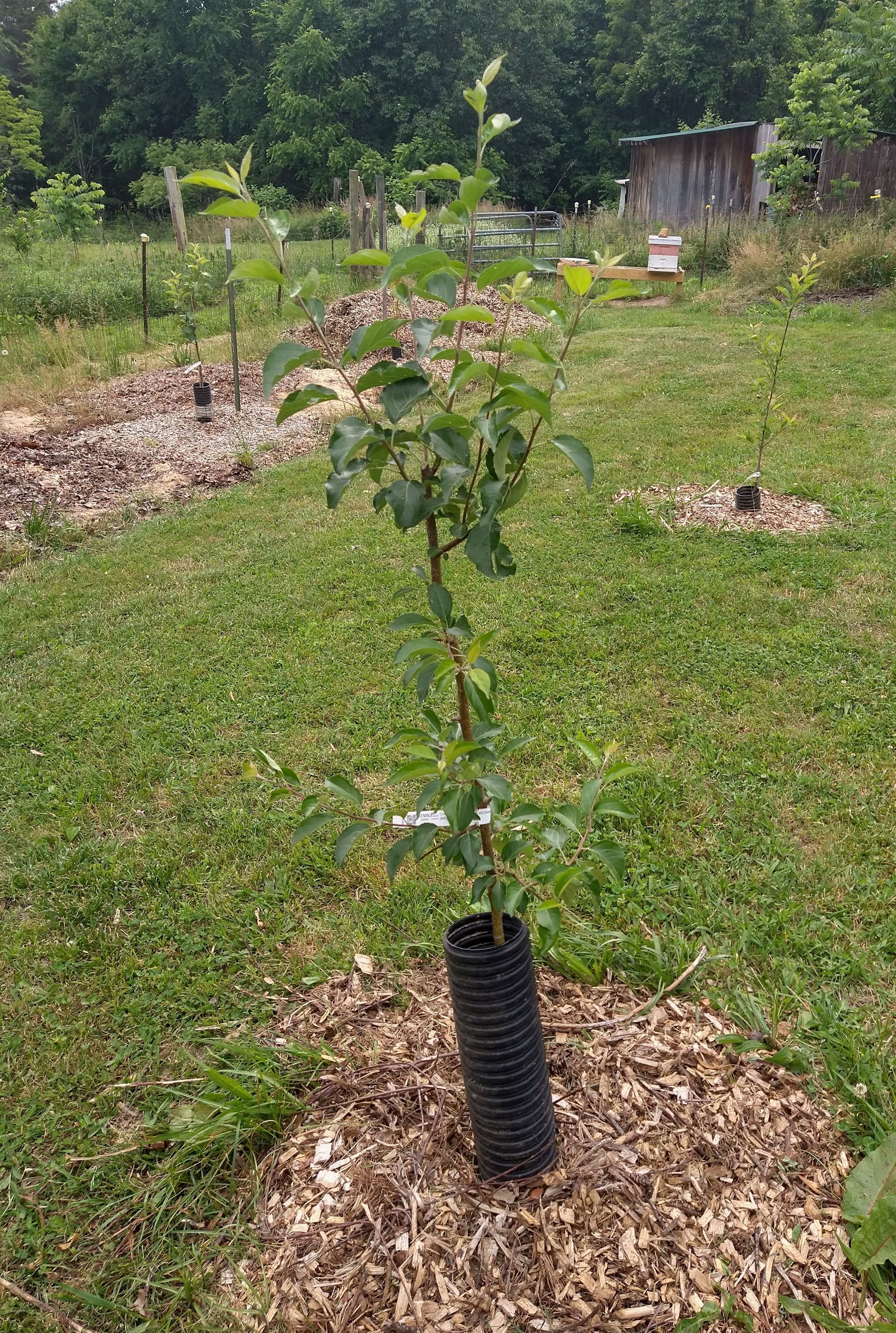
Protecting fruit trees’ trunks is especially important in winter to prevent rodent or sun damage. Rodents and rabbits kill trees by chewing on the bark through the cambium layer. The winter sun damages the trunk’s bark by heating its dark surface during the day and then rapidly cooling it at sunset. This causes the bark to split and be open to disease.
To prevent damage to the tree trunks, keep mulch at least six inches away from the trunks. This will make it less convenient for rodents to munch on the trunk’s bark. Tree guards also help to prevent rodent damage, and if these guards are white, they will reflect the sun and prevent the bark from heating and splitting.
One form of trunk protection is a length of black drainage tile with a linear cut that will allow it to expand. The easiest tree guards to use are probably the white, spiral variety sold through tree nurseries and online. Not only can I put them on without damaging the bark, but if I forget to take them off, they expand as the tree grows.
White latex paint is an alternative to plastic guards. When used full-strength on tree trunks, it helps prevent both rodent damage and sun scald. At our homestead, we use tree guards when the trees are young and then paint their trunks as they mature.

The last secret to growing delicious and nutritious fruit without chemicals is to not expect perfection. I certainly don't mind if a bird or insect has sampled a fruit before I got to it--as long as it was a small bite! Perhaps that is the best sign that our fruit is free of poisons. Also, I like to believe that any injury to a plant results in it increasing its phytonutrients as a defense. These phytonutrients are indeed nutrients that boosts both the flavor and the nutritional quality of the fruit.
Lets therefore learn to prune correctly, keep putting up physical barriers and boost our trees' immunity with holistic sprays. We don't want the food we eat to be poisoned.
-
Is it possible to have edible fruit from our own orchard without using chemicals?
Absolutely. One reason for having our own fruit trees is to avoid fruit that has been grown with chemicals that are then still contained in the fruit.
Holistic sprays and dormant oil are helpful, as well as encouraging beneficial insects and birds.
If some of our fruits have a bit of insect damage, it's easily cut away while enjoying the rest of that fruit. If it's good enough for another creature, it's good enough for me!
-
Is it important to buy organic fruit trees?
Perhaps surprisingly, whether the fruit tree you buy is labeled organic or not is not important to your health. To get delicious, disease-resistant and highly nutritious fruit, the importance lies in continuing to improve the soil and having the tree be able to draw many nutrients from the ground.
-
How to care for fruit trees without pesticides
Pruning our fruit trees so that the branches and fruit get plenty of sunlight and breeze is one basic measure of preventing disease. Another is helping to build their immunity with holistic sprays. Barrier methods also work well from putting "socks" over small fruit and leaving them there until harvest time to putting nets over the entire tree.
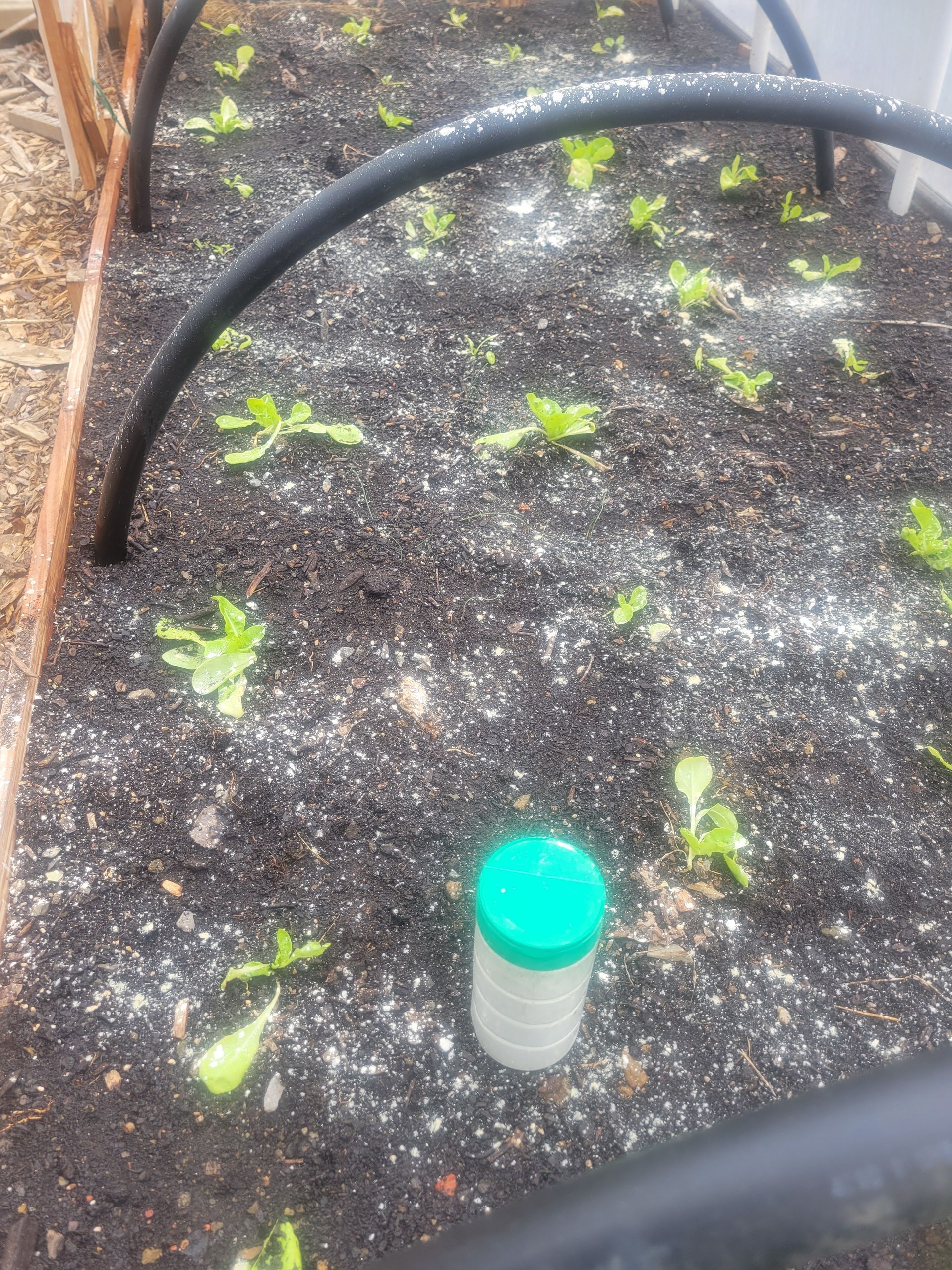
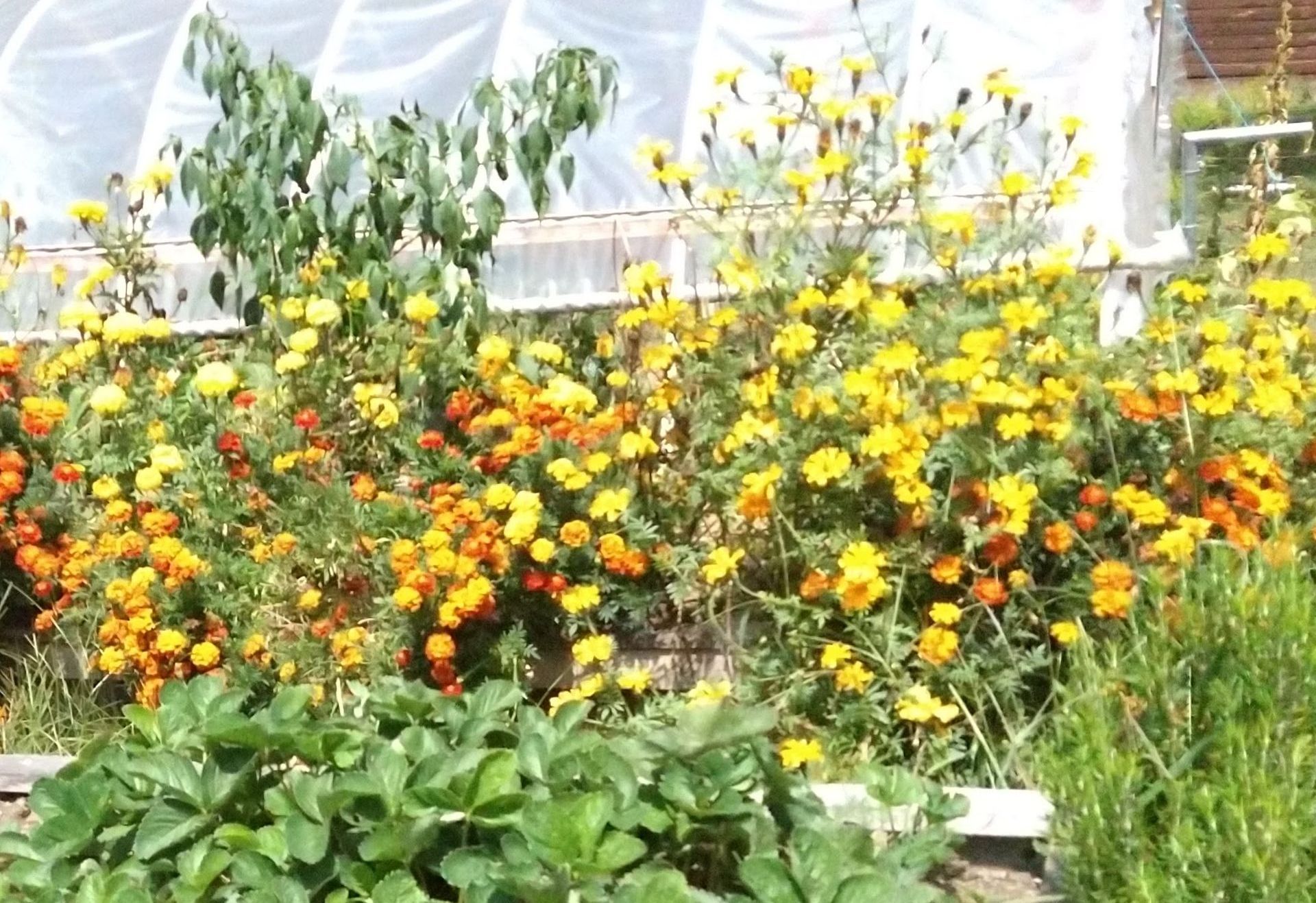
Mary Lou
mlgrowinglocalfood@gmail.com
